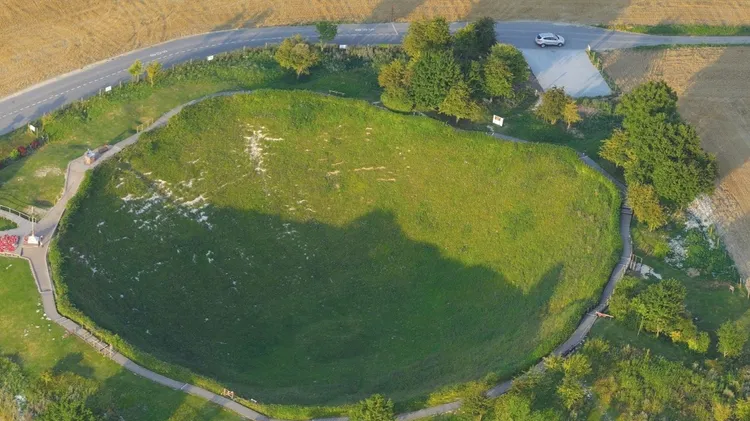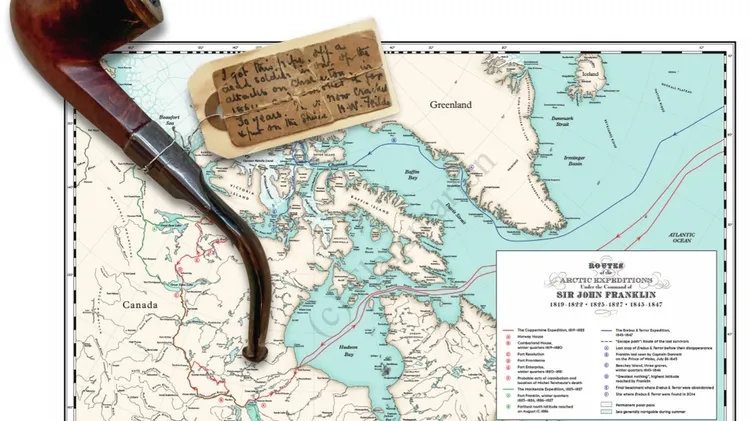Albertan researcher Gemma Noon explains the history of the Canadian Prai
The canadian prairies
8 min read
This article is from...
Read this article and 8000+ more magazines and newspapers on Readly






